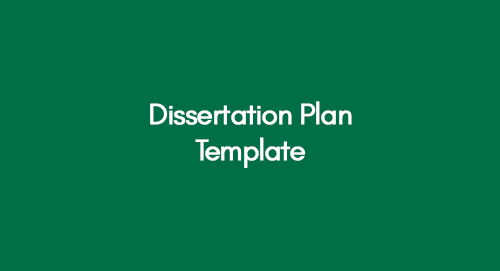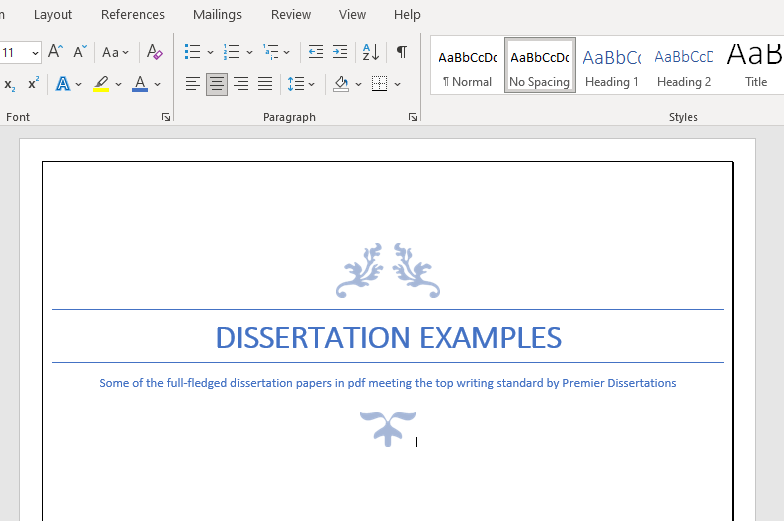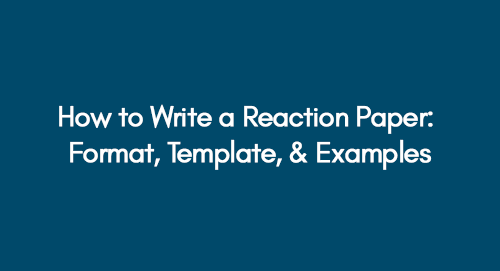
Simple vs. Complete Predicate: What’s the Difference?
May 17, 2023
Dissertation Plan Template: A Comprehensive Guide
May 19, 2023The literature review is crucial to any academic research project, providing a comprehensive overview of existing knowledge.
It establishes the foundation for your research and demonstrates your understanding of the current state of knowledge.
Review Our Quality Dissertation Examples
Get Free 3+ Dissertation Topics within 24 Hours
In this blog, we will provide you with a comprehensive guide on how to craft an effective literature review template and offer a step-by-step approach to follow.
With this guide, you can write a successful dissertation in no time! Also, you can visit our dissertation examples below:
Example 1: Literature Review of Traditional Methods of Infantile Colic Relief
Note: Below is a complete guide with a literature review template structure for you to ace the skill of dissertation writing.
Understanding the Purpose of Literature Review
Before diving into the process, it's essential to grasp the purpose of a literature review. A literature review template for dissertation, including:
- Identifying and exploring the existing body of knowledge in your research area.
- Identify the strengths and weaknesses of previous studies.
- Identifying gaps and unanswered questions in the literature.
- Establishing the theoretical framework for your research.
- Providing a context for your study and justifying its significance.
- Demonstrating your ability to critically analyse and synthesise relevant literature.
For Best Dissertation’s Literature Review Plan Template to Follow
If you do not want to miss the game of dissertation writing, follow the literature review structure template. You can find a complete and clear guide here.
Step 1: Define the Scope: Start by clearly defining the scope of your literature review. This step will help you narrow down your focus and ensure a more targeted and manageable review.
Step 2: Conduct a Comprehensive Search: Thoroughly searching for relevant literature review is vital to ensure a comprehensive review. Utilise various academic databases, online libraries, and search engines to locate scholarly articles, books, conference papers, and other relevant sources.
Step 3: Evaluate and Select Sources: After conducting your search, carefully evaluate each source to determine its relevance, reliability, and credibility. Select sources that are directly related to your research question and contribute significantly to the existing knowledge in your field.
Step 4: Organise Your Review: A well-organised literature review enhances readability and clarity. Consider using a thematic approach to structure your review. This organisational structure will allow readers to follow your thought process and identify the connections between different studies.
Step 5: Analyse and Synthesise: The core of a literature review lies in analysing and synthesising the selected sources. Aim to present a balanced and nuanced perspective reflecting your field's current state of knowledge.
Step 6: Write and Refine: Once you have analysed and synthesised the literature, it's time to write your literature review. Use clear and concise language terms. Conclude your review by summarising the main points and highlighting the significance of your research.
Complete Literature Review Table Template
Literature Review Template: To assist you further, here is a template you can use as a starting point for your literature review:
Introduction
Background and context of the research topic
Research question or objective
Theme 1
Overview of the theme
Main findings and arguments
Gaps or limitations
Theme 2
Overview of the theme
Main findings and arguments
Gaps or limitations
Theme 3
Overview of the theme
Main findings and arguments
Gaps or limitations
Theme 4
Overview of the theme
Main findings and arguments
Gaps or limitations
Synthesis and Analysis
Identify commonalities and patterns across themes
Discuss conflicting findings and possible explanations
Highlight gaps in the existing literature
Justify the need for your research
Conclusion
Summarise the key findings from the literature review
Emphasise the importance of your research and its contribution to the field
Identify potential areas for further investigation
Note: Remember, this template is a starting point, and you should adapt it to suit the specific requirements of your research project. Ensure that your literature review flows logically, maintains a clear focus, and provides a balanced perspective on the existing knowledge.
Conclusion
Crafting an effective dissertation literature review template requires careful planning and synthesis of relevant sources. By following the step-by-step guide and utilising the provided structure, you can construct a well-structured literature review that demonstrates your understanding of the current state of knowledge in your field and sets the stage for your research.
Get 3+ Free Dissertation Topics within 24 hours?














